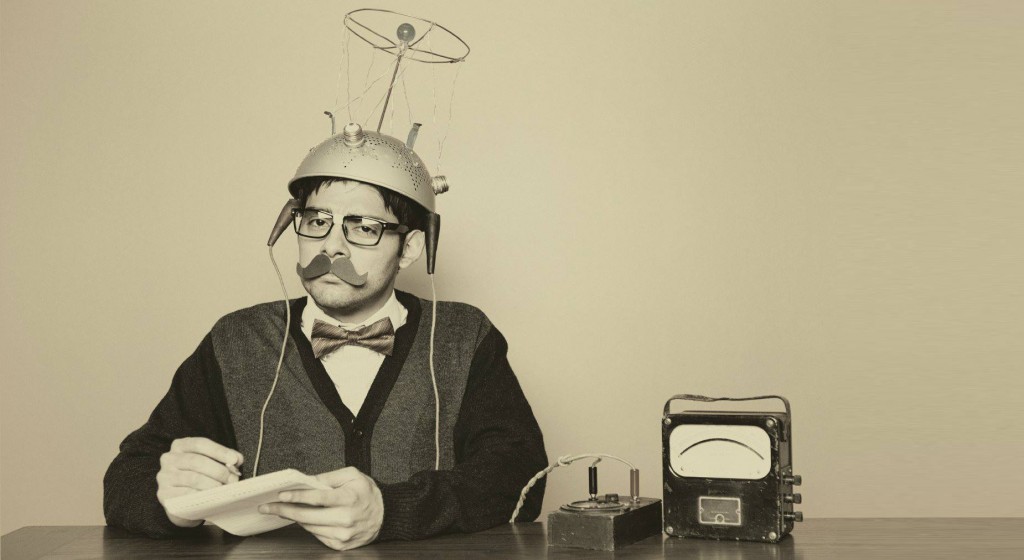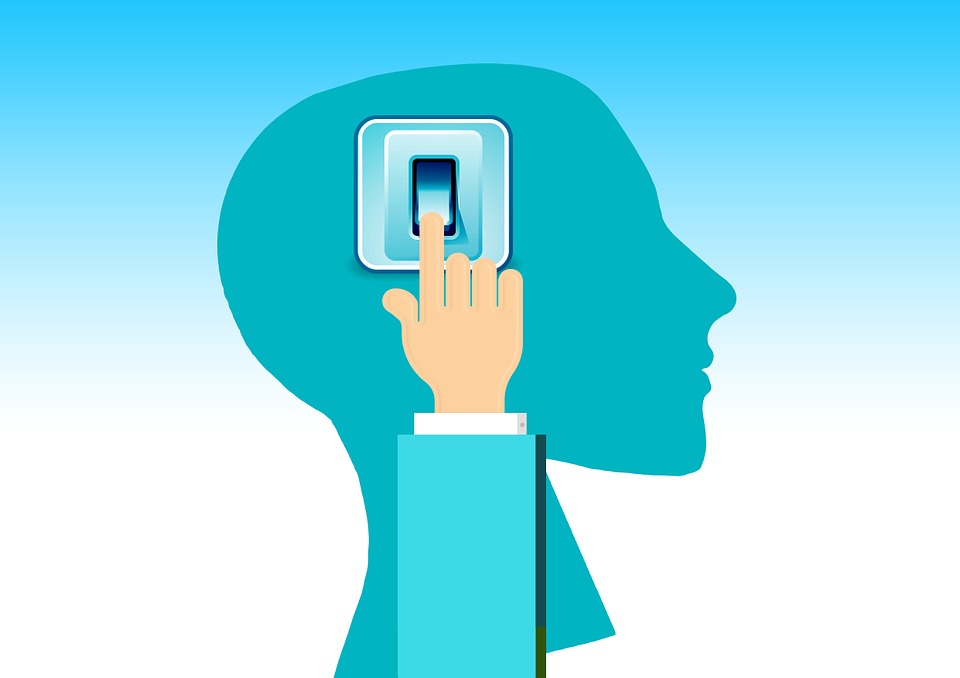Hack Your Brain to Create an Exercise Habit
Fitness August 11, 2025 Damon Mitchell
“I want to workout. When I try to get in the habit of working out it doesn’t last. I feel like I’m constantly in a state of getting back into it.” – You
To hack your body, you have to first hack your brain. The simple solution to your conundrum is hidden in plain sight. Ever heard of Ivan Pavlov? He’s that Nobel Prize winning physiologist from the turn of last century who figured out how to make a dog salivate at the sound of a bell.
The trick is ringing the bell at mealtimes. Then you take away the food, simply sounding the bell. The dog will continue to associate the bell with food, even when there is no food served.
Regarding the science of conditioning, we haven’t come much farther since Pavlov, but surprisingly folks don’t often connect that science to their own brains. One guy did, though. His name is Charles Duhigg. He even wrote a book about it: The Power of Habit.
If you haven’t yet read his book, you can scoop it up on Amazon for a steal. Duhigg applies a fresh perspective on basic concepts of learning pathways. This blog is going to pull much of its approach from that book.
Your brain is prewired for conditioning. Let’s get into how it works, how you can use that information to your advantage, but why you should even bother in the first place.
How Your Brain Works
Every minute of every day, your brain goes through a series of learned actions combined with results, allowing you to go about your day. You are, essentially, on autopilot. While at first this sounds like the zombie apocalypse, consider the alternative.
What if every time you walked into a room you didn’t remember where to find the light switch? What if you didn’t even remember the function of light switches? What if the desire to get across the room was further hampered by your ability to remember ever walking?
Thankfully, we don’t have to constantly remember most of what we do. These things are stored in our brains as a result of learning. At some point, someone showed us how to turn on a light switch to make light. Some time later we learned where all the switches were in our homes or work.
Here’s why you remember these things. Duhigg calls it the habit loop. In the simplest terms, the habit loop involves a cue, a routine then a reward.
As as example, when you walk into a dark room, your brain is cued with a stimulus, in this case, darkness. You employ the learned action of flipping a switch, which results in the reward of light filling the room.
This isn’t really any different than how we train animals. The family dog learns to sit because he’s given treats when he obeys the command. The stimulation this case is the command “sit,’ followed by the action of sitting, which is rewarded with a treat until “good boy” will do.
Eventually, you don’t always need to say “good boy.” Your brain works the same way.
How to Leverage Your Own Brain to Workout
“Great! Now all I need is a bag of treats and a park, right?” -You Again
Um, no.
The process of training your own brain is nearly as simple, but not as easy. A dog, for example, doesn’t suffer your emotional history. For him it’s simple. Sit=happy. You may try to overcomplicate this process, so let’s keep it simple.
The best cues for behavior are auditory, like a bell. Sounds are the best motivators for action. This may be why you’re less likely to answer your cell when it’s on vibrate.
“So how does this help me get to the gym?” -Still You
Let’s employ that phone I mentioned. Set a daily alarm, or every other day, whatever you planned cadence, as a reminder simple to get ready for the gym. When the cue from your phone goes off at the designated time, your only routine is to put on your workout clothes all the way to your shoes.
Then you’re going to reward yourself. Your reward can be something as small as a square of dark chocolate or something as fancy as a pre-workout shake. Whatever it is, it should be something simple you really enjoy. Food works best.
Why You Should Bother Doing This
You may be thinking, this only gets me ready to workout; it doesn’t get me to the gym. Also, if I’m indulging in chocolate bits aren’t I going the wrong way?
It’s true, if all you ever do is get ready to go the gym and feast on treats, then there’s little value in getting ready. In this case, you’d be wise to create another habit loop for the gym, complete with an alarm cue, a trip to the gym routine, then a post-workout reward.
For many people, however, once the workout shoes are on they are likely to complete the already learned habit of going to the gym. If you’ve never had that habit, then you may need to create a new loop.
But that’s not the most important reason you do this.
The habit of exercise is what Duhigg refers to as a “keystone habit.” Keystone habits are habits, which, when employed, have a reciprocal effect on other behaviors.
A person who has the habit of working out will start to see himself as a healthy-minded person. It’s not a guarantee, but by the numbers, he’ll be more likely to make other healthy choices to support his self-perception.
He’ll skip unhealthy food choices, or overhaul his diet, maybe make different choices about smoking or drinking.
Once you have a the habit of going to the gym, even if it’s for only short workouts that leave you unsatisfied, keep finding ways to reward yourself. It’s a loop, not a habit straight line.
People who workout all the time will tell you their regular reward is leaving the gym. You will never start a workout you look forward to, but you will never finish one you regret.





